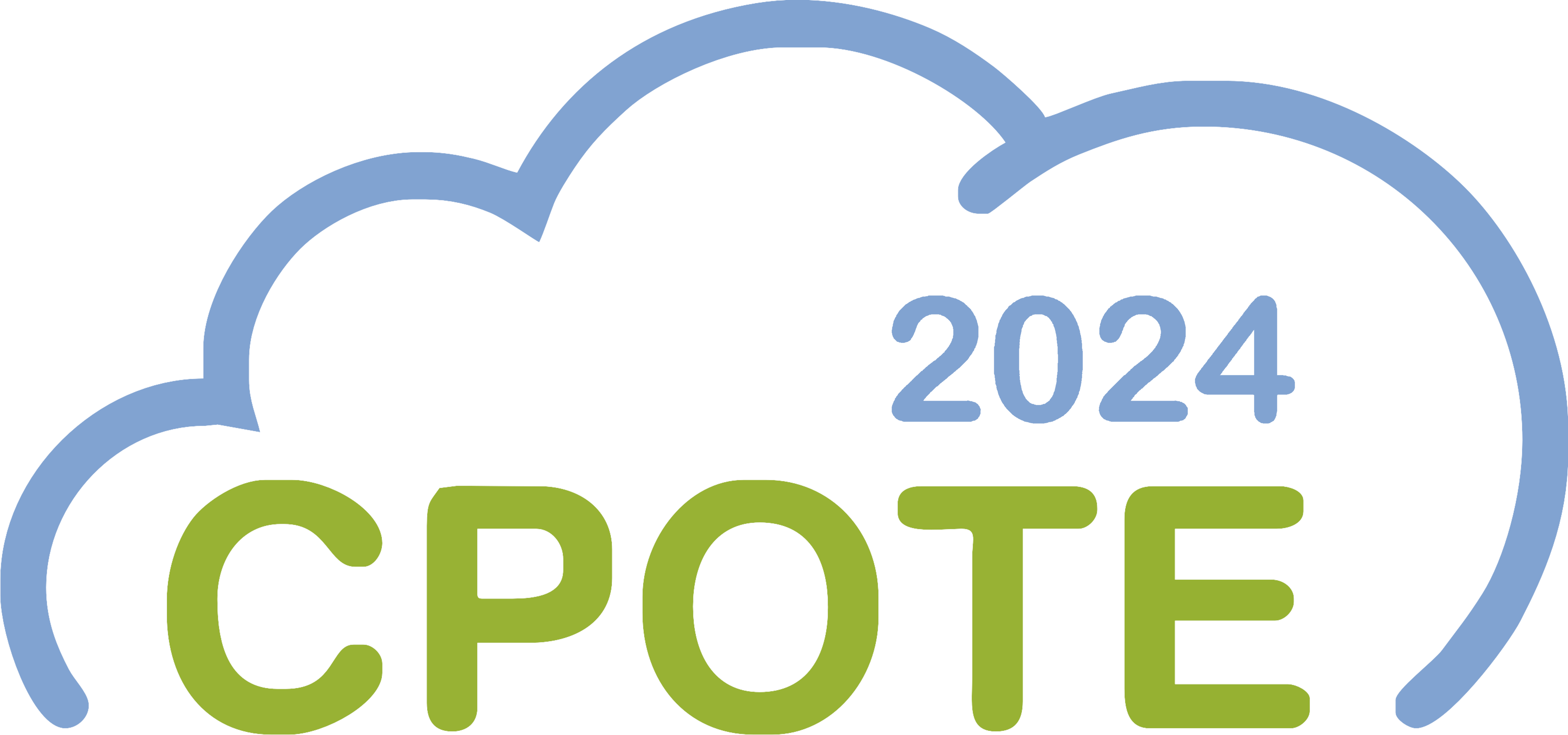
CPOTE2024
|
8th
International Conference on
Contemporary Problems of Thermal Engineering
23-26 September 2024 | Gliwice, Poland | Hybrid event
Contemporary Problems of Thermal Engineering
23-26 September 2024 | Gliwice, Poland | Hybrid event
Abstract CPOTE2024-1006-A
The fate of heavy metals during hydrothermal carbonization of sewage sludge with acidic pH
Klaudia CZERWIŃSKA, AGH University of Krakow, PolandFaustyna WIEROŃSKA-WIŚNIEWSKA, AGH University of Krakow, Poland
Krzysztof BYTNAR, AGH University of Krakow, Poland
Joanna MIKUSIŃSKA, AGH University of Krakow, Poland
Maciej ŚLIZ, AGH University of Krakow, Poland
Małgorzata WILK, AGH University of Krakow, Poland
Abstract: PH of sewage sludge during hydrothermal carbonization process influences the properties of the solid and liquid products. The present work investigates the effect of acidic pH of sewage sludge on the individual hydrothermal products, namely hydrochar and post-processing liquid, produced at 200 °C, 2h and pH=2, 3, 4, 5 and 6. For this reason, chemical and physical indicators describing the post-processing liquid and hydrochar were determined and compared to hydrothermal process without acidic agent with special focus on heavy metal content. The mobility of heavy metals in the hydrochar increased with increasing acidity of feedstock, whereas in liqud phase different behaviour exhibited individuals heavy metals, for instance Mo and As accumulated in hydrochar whereas Zm, Ni, and Mn leached in liquid. It was also observed that acidic pH of feedstock strongly affects phosphorus content in the hydrotermal processing liquid e.g at pH=2 an increase about 2.7 time was observed. In addition, the changes in calorific value, ash content and specific surface area of the hydrochar were also observed. It was noticed that the most acidic pH of feedstock caused a decrease in specific surface area of hydrochar about 26%.
Keywords: Hydrothermal carbonization, Heavy metals, Sewage sludge, Sequestration, PH value
Acknowledgment: This research was funded by the National Science Centre, Poland, under project no. 2021/41/B/ST8/01815 [OPUS21].